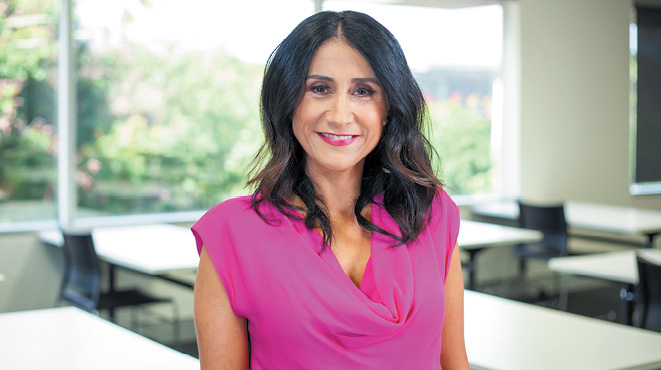By Antonia Mercorella – CEO, Real Estate Institute of Queensland
The state’s rental market continues to tighten, with nearly two thirds of local government areas in Queensland recording their lowest or equal lowest residential vacancy rates since 2010.
The June 2021 quarter data from the REIQ reveals that 22 local government areas out of 35 have either recorded their lowest vacancy rate or equalled it over the last 11 years.
Of those 35 local government areas, 20 saw their vacancy rates tighten, 10 remained static and five saw them slightly rise in the June quarter.
Brisbane’s vacancy rate dropped from 2.1% to 1.7% from the previous quarter, the Gold Coast’s remained static at a tight 0.6% and the Sunshine Coast’s was slightly higher, from 0.5% to 0.6%.
Drilling down to local bayside area suburbs, vacancy rates were quite tight with Belmont on 1.2%, Cannon Hill at 1.2%, Wakerley on 0.5%, Murarrie on 0.7%, Tingalpa on 0.4%, Wynnum/Wynnum West on 0.5% and Manly/Manly West/Lota at 0.4%.
Around Greater Brisbane, Ipswich stayed at 1%, Logan slightly tightened from 1.1% to 1% while Moreton Bay remained the same at a low 0.7%. Redland was tight at 0.5%, falling from 0.6%, while the Scenic Rim dropped from 0.8% to 0.7%.
Several regional local government areas maintained very low vacancy rates, with Gympie dropping from 0.4% to 0.3% from the previous quarter, Southern Downs remaining at 0.3%, Bundaberg falling from 0.5% to 0.4%, Burdekin declining from 0.8% to 0.4% and Cook dropping from 0.6% to 0.4%. Tablelands remained static at 0.4%.
In the north and along the coast, Townsville fell from 0.9% to 0.7%, Cairns dropped from 1.1% to 0.7%, Whitsunday fell to 1.3% from 1.5%, Mackay declined from 1% to 0.8% while Rockhampton’s vacancy rate was slightly higher although still tight, climbing from 0.4% to 0.5%. Fraser Coast was static at 0.6%.
These figures reveal conditions thrown up by COVID-19 appear to still have their grip on vacancy rates across Queensland.
It seems the COVID-19 phenomenon of people moving to the regions for lifestyle purposes is still having an effect on vacancy rates.
With more people taking the opportunity of working remotely and not having to commute regularly to their offices, they are succumbing to the lure of moving to a region where they can enjoy a sea or tree change lifestyle.
This could be reflected in areas around Brisbane such as the bayside, the Gold and Sunshine Coasts and even further afield, where people can work remotely and commute to the capital city when necessary.
The lifestyle motivation is strong interstate, with people seeking an escape to Queensland from the southern states. According to the Australian Bureau of Statistics (ABS), Queensland recorded a net gain of 9800 interstate migrants in the December quarter – the highest of any state or territory.
Greater Brisbane also recorded the highest net internal migration rate of any capital city in the December quarter – with 4800 arrivals. By comparison, Sydney and Melbourne lost 9300 and 8500 people respectively. In terms of overseas migration, half a million Australian expats have returned since the pandemic began.
While owner-occupiers have been dominant in the residential property sales market, investors are becoming more active.
In May according to the ABS, the number of new housing loans taken out by investors rose 13.3 per cent to $9.1 billion – the highest amount seen since June 2015.
A return of investors to the market will likely increase the number of rental properties available and reduce pressure on vacancy rates, potentially providing some relief for those struggling to find a rental.


